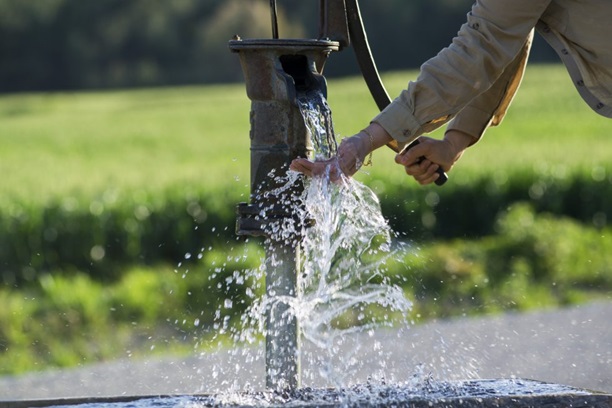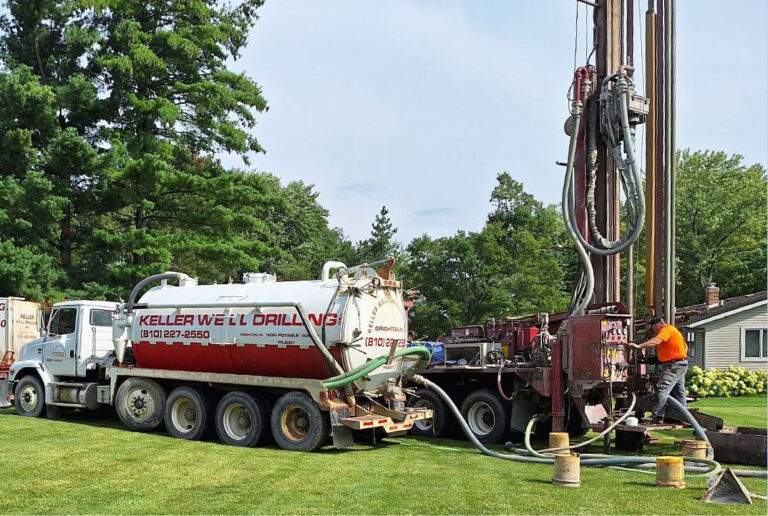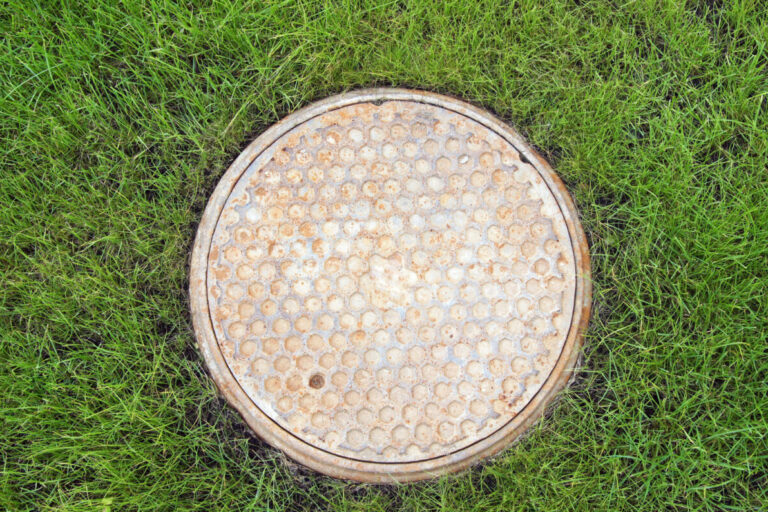Drought is a recurring natural phenomenon that poses significant challenges to water availability, agricultural productivity, and ecosystem health. As climate change exacerbates the frequency and severity of drought events in many regions, proactive water management strategies are essential for mitigating the impacts of water scarcity. Wells, which tap into underground aquifers, offer a reliable and sustainable water source during drought conditions. Understanding the role of wells in drought resilience and implementing effective planning measures can help communities and individuals better prepare for water shortages.
1. Accessing Groundwater Resources:
Wells provide access to groundwater, which is stored in porous rock formations called aquifers beneath the Earth’s surface. Unlike surface water sources such as rivers and lakes, groundwater is less vulnerable to evaporation and depletion during droughts. By drilling wells into aquifers, communities can access groundwater reserves that can serve as a buffer against drought-induced water shortages.
2. Drought-Resistant Water Supply:
Groundwater extracted from wells is inherently more resistant to drought than surface water sources. Aquifers replenish over time through natural processes such as precipitation and infiltration, maintaining a relatively stable water level even during periods of prolonged drought. Wells can provide a continuous and reliable water supply for various purposes, including drinking water, irrigation, livestock watering, and industrial use, helping to sustain essential activities during drought conditions.
3. Diverse Applications:
Wells are versatile water sources that can support diverse applications across different sectors. In agricultural regions, wells play a crucial role in sustaining crop production and preserving livelihoods during droughts by providing irrigation water for fields. For rural communities, wells supply potable water for household use, reducing dependence on surface water systems that may be susceptible to drought-related disruptions. In industrial settings, wells support manufacturing processes and industrial operations that require large volumes of water, ensuring continuity of production during water scarcity.
4. Groundwater Management and Sustainability:
Effective groundwater management is essential for ensuring the long-term sustainability of well water sources, particularly during droughts. Sustainable groundwater practices, such as monitoring water levels, implementing water conservation measures, and regulating pumping rates, help prevent overexploitation of aquifers and maintain groundwater reserves for future generations. By managing groundwater resources responsibly, communities can enhance their resilience to droughts and minimize the risk of water scarcity.
5. Planning and Preparedness:
Planning for drought requires proactive measures to anticipate and mitigate water shortages before they occur. Incorporating wells into drought preparedness plans can enhance resilience by diversifying water sources and reducing reliance on surface water supplies. Communities and individuals can assess their water needs, identify suitable well sites, and invest in well drilling and infrastructure to secure reliable water sources for the future. Additionally, implementing water conservation measures, promoting water-efficient technologies, and educating the public about the importance of water stewardship can further enhance drought preparedness and resilience.
Conclusion:
As droughts become more frequent and severe due to climate change, the role of wells as reliable water sources is increasingly vital for drought resilience. By tapping into groundwater reserves, wells provide a sustainable and drought-resistant water supply for communities, agriculture, and industry. Effective planning, groundwater management, and preparedness measures can enhance the resilience of well-based water systems and help communities weather the challenges of droughts while ensuring access to essential water resources for all. Investing in well infrastructure and sustainable groundwater practices is crucial for building resilience and securing water supplies in a changing climate.




